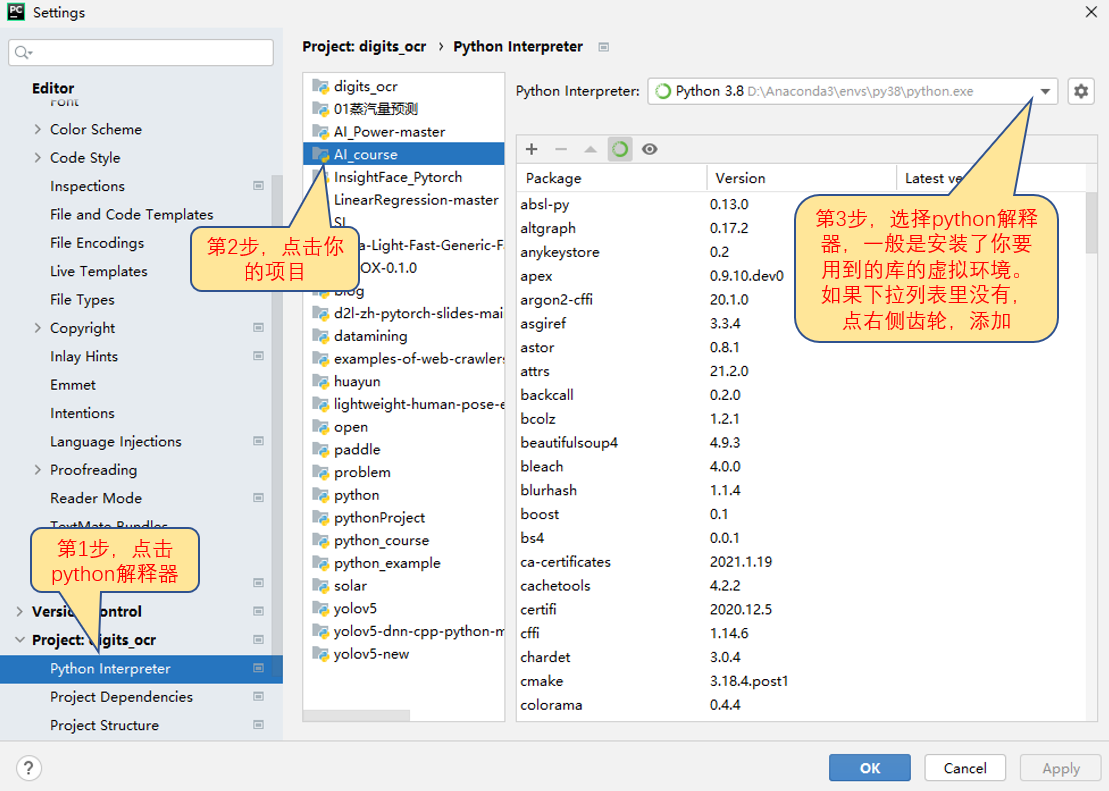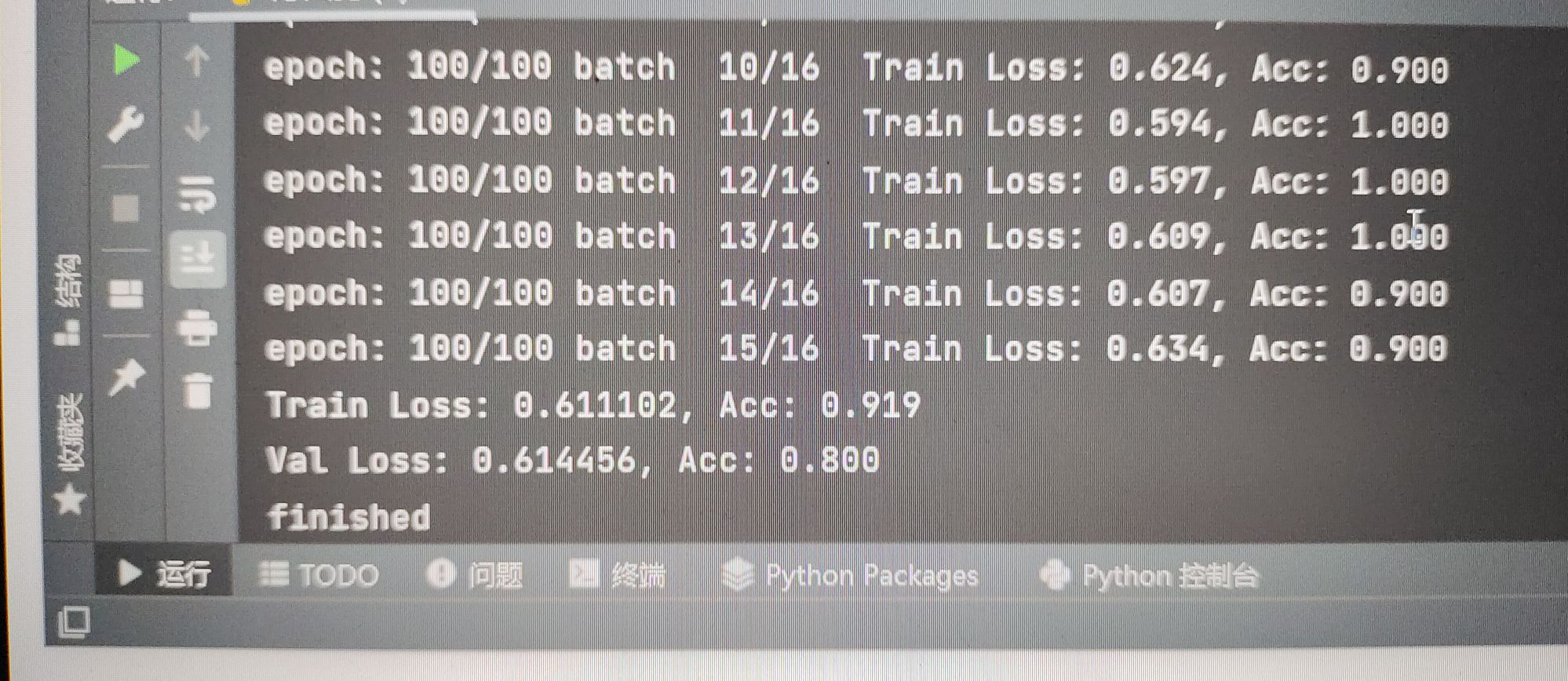Write a blog for the first time and share with you the gender recognition you just learned (not images).
Judge gender according to a person's height, weight and gender
1. Background
neural network It has the functions of prediction, fitting and classification
Neural networks connect a bunch of neurons together.
2. Objectives
Through the correspondence between gender, weight and weight of the original data set, the experimental neural network is trained. And finally complete the input of weight and height data to predict gender.
3. Dataset
sex_train.txt and seq_ val.txt
4. Algorithm structure model. Neural network.
Hidden layer is the part sandwiched between input layer and output layer. A neural network can have multiple hidden layers.
The process of transmitting the input of neurons forward to obtain the output is called feedforward.
We have learned how to build a neural network. Now let's learn how to train it. In fact, this is an optimization process.
Before training neural network, we need to have a standard to define whether it is good or not, so that we can improve it, which is loss.
As the name suggests, the mean square error is the average of all data variances. We might as well define it as a loss function. The better the prediction result, the lower the loss. Training neural network is to minimize the loss.
For example, the loss is defined by mean square error (MSE):
5. Install pytorch
First, make sure to enter the virtual environment and enter the command: pip install torch torch torch vision
Sex is required_ train. Txt and seq_ Val.txt. These two files share Python in the group_ competition. Zip, put them in the same directory as your code. The format of the file is three numbers per line, which respectively represent a person's height, weight and gender, where gender 1 represents male and 0 represents female.
Create a new project in PyCharm, and then create a source file (py file). The reference code is as follows:
Pay special attention to the need to set the correct interpreter in PyCharm. Menu - file settings, open as shown below. If your virtual environment in task 1 is d:\Anaconda3\envs\py38, set the interpreter to d:\Anaconda3\envs\py38 \ python exe
import torch
import math
import torch.nn as nn
from torch.autograd import Variable
from torchvision import transforms, models
import argparse
import os
from torch.utils.data import DataLoader
from torch.utils.data import Dataset
import random
class sexnet(nn.Module):
def __init__(self):
super(sexnet, self).__init__()
self.dense = nn.Sequential(
nn.Linear(2, 2),
)
def forward(self, x):
out = self.dense(x)
return out
class SexDataset(Dataset):
def __init__(self, txt, transform=None, target_transform=None):
fh = open(txt, 'r')
data = []
for line in fh:
line = line.strip('\n')
line = line.rstrip()
words = line.split()
data.append((float(words[0]) / 2.0, float(words[1]) / 80.0, int(words[2])))
random.shuffle(data)
self.data = data
def __getitem__(self, index):
return torch.FloatTensor([self.data[index][0], self.data[index][1]]), self.data[index][2]
def __len__(self):
return len(self.data)
def train():
os.makedirs('./output', exist_ok=True)
batchsize = 10
train_data = SexDataset(txt='sex_train.txt')
val_data = SexDataset(txt='sex_val.txt')
train_loader = DataLoader(dataset=train_data, batch_size=batchsize, shuffle=True)
val_loader = DataLoader(dataset=val_data, batch_size=batchsize)
model = sexnet()
optimizer = torch.optim.Adam(model.parameters(), lr=0.01, weight_decay=1e-3)
scheduler = torch.optim.lr_scheduler.MultiStepLR(optimizer, [10, 20], 0.1)
loss_func = nn.CrossEntropyLoss()
epochs = 100
for epoch in range(epochs):
# training-----------------------------------
model.train()
train_loss = 0
train_acc = 0
for batch, (batch_x, batch_y) in enumerate(train_loader):
batch_x, batch_y = Variable(batch_x), Variable(batch_y)
out = model(batch_x)
loss = loss_func(out, batch_y)
train_loss += loss.item()
pred = torch.max(out, 1)[1]
train_correct = (pred == batch_y).sum()
train_acc += train_correct.item()
print('epoch: %2d/%d batch %3d/%d Train Loss: %.3f, Acc: %.3f'
% (epoch + 1, epochs, batch, math.ceil(len(train_data) / batchsize),
loss.item(), train_correct.item() / len(batch_x)))
optimizer.zero_grad()
loss.backward()
optimizer.step()
scheduler.step() # Update learning rate
print('Train Loss: %.6f, Acc: %.3f' % (train_loss / (math.ceil(len(train_data) / batchsize)),
train_acc / (len(train_data))))
# evaluation--------------------------------
model.eval()
eval_loss = 0
eval_acc = 0
for batch_x, batch_y in val_loader:
batch_x, batch_y = Variable(batch_x), Variable(batch_y)
out = model(batch_x)
loss = loss_func(out, batch_y)
eval_loss += loss.item()
pred = torch.max(out, 1)[1]
num_correct = (pred == batch_y).sum()
eval_acc += num_correct.item()
print('Val Loss: %.6f, Acc: %.3f' % (eval_loss / (math.ceil(len(val_data) / batchsize)),
eval_acc / (len(val_data))))
# save model --------------------------------
if (epoch + 1) % 1 == 0:
torch.save(model.state_dict(), 'output/params_' + str(epoch + 1) + '.pth')
if __name__ == '__main__':
train()
print('finished')
Run successfully.
